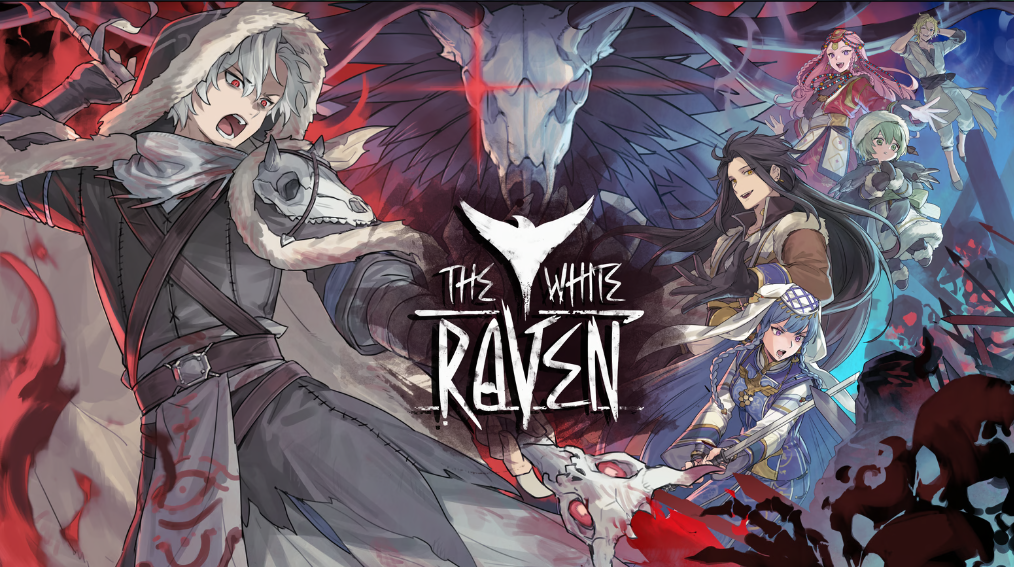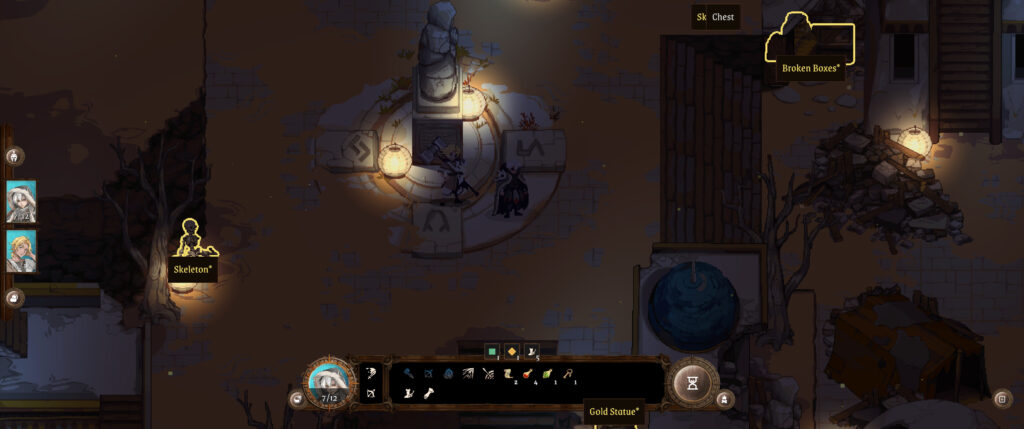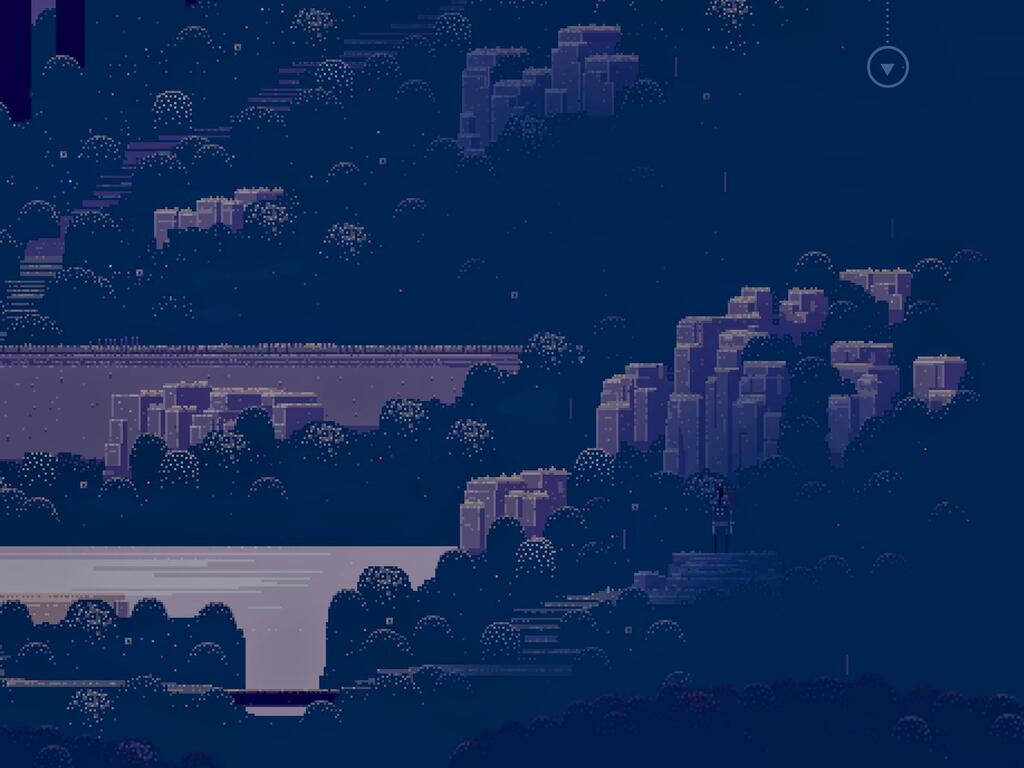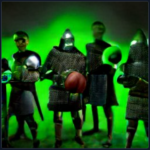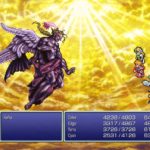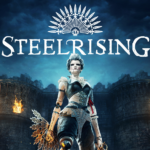I’m a huge fan of tactical RPGs — I’ve played dozens. The basics are always the same — tactical, turn-based combat that arises naturally from a rich, intricate storyline. Final Fantasy Tactics, XCOM, Fire Emblem, Tactics Ogre — these games are the best of the genre.
Most new tactics RPGs fall short; the story is simple or missing entirely, or the game has clearly drawn too much inspiration from what came before, or the gameplay is just… bad. I’ve seen lots of those.
I was struck by The White Raven’s very distinct graphical style; typically, games follow the FFT diagonal overhead view, but this is straight on with no perspective. It’s very unusual. The backgrounds are also drawn in a flat, low palette style, while the characters are heavily pixelated in a call back to games from 30 years ago. It’s amazing that all these come together so well, though the head-on view makes it difficult sometimes to judge the relative heights of the terrain. The look and feel reminded me strongly of the mobile game Sword & Sworcery.
Outside of battle, you are free to walk around and explore. There are plenty of environmental puzzles; I’m unsure how many in this small preview were required, but they usually opened access to treasure rooms or gave other rewards.
While there is a quest log, The White Raven doesn’t hold your hand. The game requires constant exploration to move the plot along.
I called this game “cinematic”, and that’s likely its most distinctive feature. The game emphasizes game events with huge titles; closing cards for the end of acts; and long, fully animated and voiced cutscenes. After character creation, the game opens with you immediately dropped into battle. It is a very long time before you are asked to fight again; until then, there are cutscenes and exploration and drama-drenched conversations with people whom you must win over.
So, who are you?
You play Jin, a male adventurer who has dedicated themselves to the spirit world, a process that has left him with distinctive red eyes. The Kickstarter had a female Jin as a stretch goal, but that goal was not unlocked, and so you play as a male.
You can choose from several classes, which influence your starting gear and abilities, but you will be able to change your gear and abilities at your main base in the full game. The MVP build had warrior, rogue and mage classes; more classes had placeholders but weren’t able to be chosen. You also choose a background that opens up conversational choices and bonuses to some stats. I chose the Charlatan background, opening up conversational choices around lying, subterfuge, and misdirection.
There doesn’t seem to be a skill tree, per se, but I wouldn’t be surprised to find one.
Baldur’s Gate?
There are a lot of things about the game that remind me of Baldur’s Gate 3. Skill checks seem to be almost directly copied; a d20 spins around, and then bonuses are added, and then you see if you have passed the check. Although TWR is in 2D, and BG3 in 3D, the way your party follows you and how you interact with NPCs seems very similar.
This is all a good thing.
That’s all for now
It took me an hour and a half to get through the current content, which is said to be about 50% of the prologue chapter, before the game really opens up and gives you free reign to work through the plot. This included a restart after my inventory got bugged. During that time, I solved a lot of puzzles, added a party member, learned a little bit about the events that drive the plot, and very little about my character’s backstory — I imagine that will be revealed in bits and drabs throughout the game.
I’m kinda excited about the game, now. There will be more playtests, but now I wonder if I should just back off and wait for the full release, so I can approach the finished game fresh and relative unspoiled. Worth wishlisting for sure. And, it will also be coming out for the Switch!
